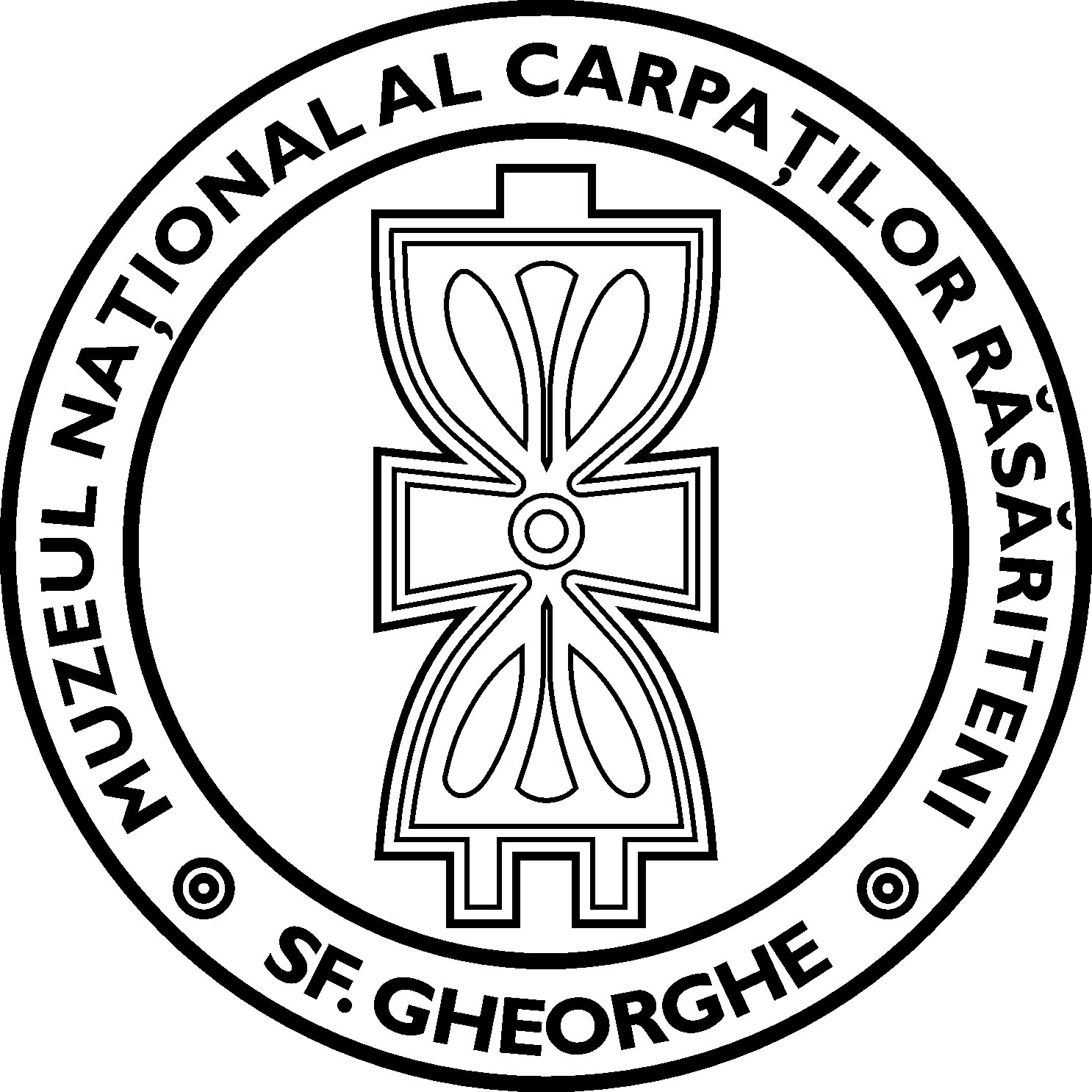Valerii Kavruk, Dan-Lucian Buzea, Puskás József, Dan Ștefan, Maria-Magdalena Ștefan, Anthony F. Harding, Marius Alexianu, Cătălin Roibu, Radu Zăgreanu
Angvstia Journal No. 23, 2019
AUTHORS: Valerii Kavruk, Dan-Lucian Buzea, Puskás József, Dan Ștefan, Maria-Magdalena Ștefan, Anthony F. Harding, Marius Alexianu, Cătălin Roibu, Radu Zăgreanu
DOI: 10.36935/ang.v23.1
PAGES: 9-108
LANGUAGE: Romanian with English abstract and figures captions
ABSTRACT: The article presents the preliminary results of the interdisciplinary research (geological and geospatial studies, archaeological excavations, salt production experiments, and ethnographic survey) carried out during 2016-2019, in the site and hybrid saltscape of Băile Figa, well known for its remarkable environmental, ancient and current salt exploitation evidence.
